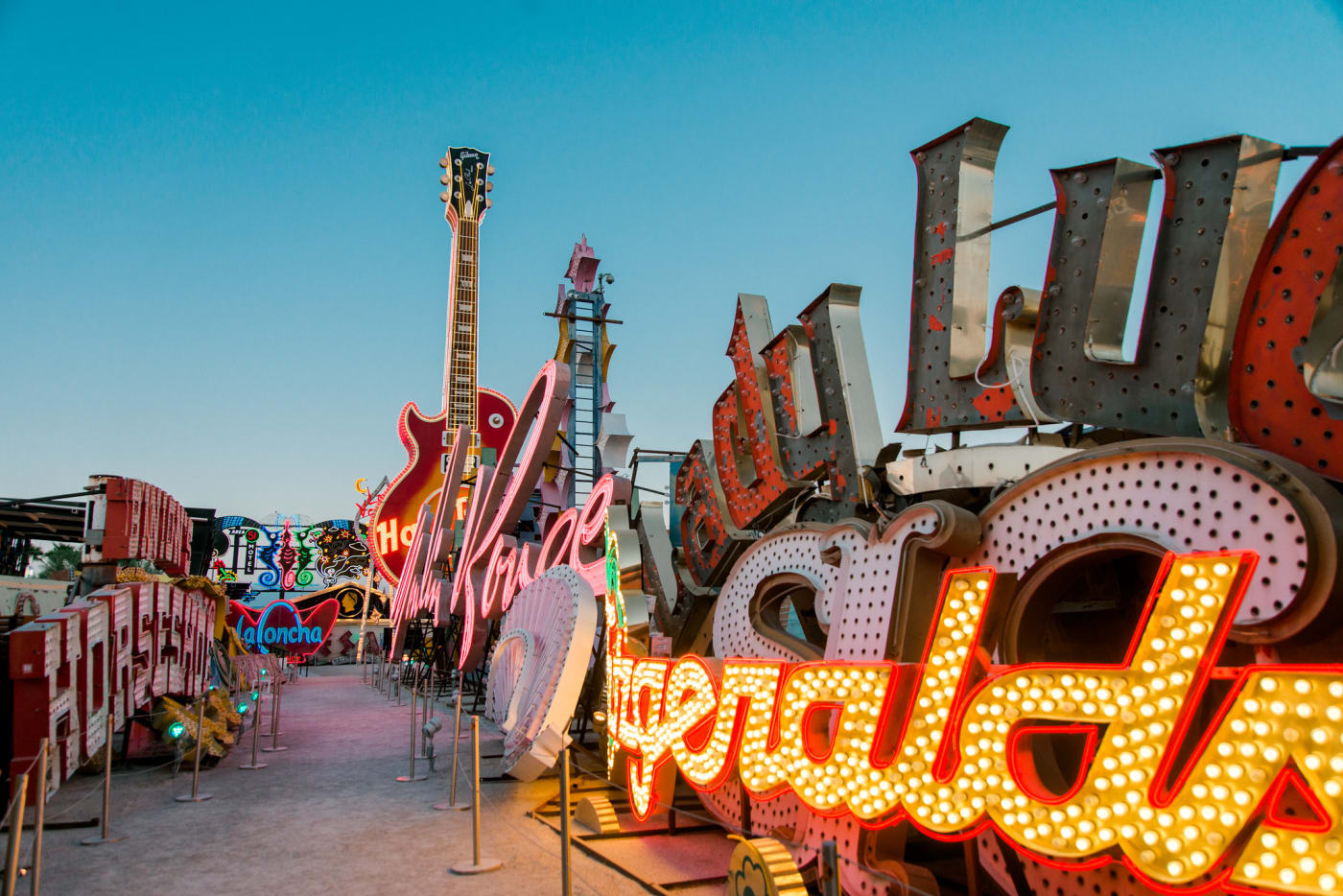El Cortez Hotel & Casino Architecture & Design

Sarah Hulme Collection, The Neon Museum. 0010.0007
The original architect of the El Cortez Hotel & Casino is a figure who has largely been unidentified or misattributed in the historic record. Even on the property’s National Register of Historic Places (NRHP) registration form, the names of the founders and contractors are listed, but the “building’s original architect” is listed as “unknown.” An article in the Las Vegas Review-Journal, however, from November 8, 1941—the day after the El Cortez opened to the public—credits the architect of the property as Raymond Abos of Beverly Hills, California. This connection is corroborated through subsequent sources, including a 1983 oral history conducted by the University of Nevada, Las Vegas (UNLV) with one of the original owners of the El Cortez, John C. Grayson. Grayson describes Abos as “one of the young Mexican architects,” despite United States Census records and immigration documents indicating that Abos was of Spanish and Peruvian descent. Abos was active as a draftsman and architectural designer in the Los Angeles area and caught the attention of El Cortez co-owner Marion B. Hicks, who recruited him to design the property in a style that evoked the Spanish Colonial Revival architecture of the Hotel Playa Ensenada in Baja California, Mexico.
Records indicate that Abos had initially arrived to the United States from Bilbao, Spain as a child aboard the S.S. Montserrat via Ellis Island in November 1916 and was subsequently active as a freelance designer throughout California in the 1930s. It was during this period that he was both married and became a father, all while regularly working in the architecture and design field. Though little is known of Abos, peer and fellow architect Allen G. Siple, famed for his bungalow houses in the Los Angeles area, remembered Abos in the September 1961 issue of the Journal of the American Institute of Architects as “a whistling virtuoso” who provided the musical wallpaper to many a draft room, treating his peers to a rendition of Puccini’s La Tosca.
Spanish Colonial Revival architecture came to prominence in the 1920s in the aftermath of the Mexican Revolution, in which the country saw a surge in nationalism which strongly manifested in architecture and design, blending European/Mediterranean influences with indigenous materials and methods. Spanish Colonial Revival architecture is defined by its heavy tiled roofs, arcade entrances and porches, and a stucco or plaster finish, all of which are aspects that can be observed on the El Cortez property. Since its opening, the exterior façade has remained largely untouched, becoming an icon of downtown Las Vegas’ eclectic and diverse style.
